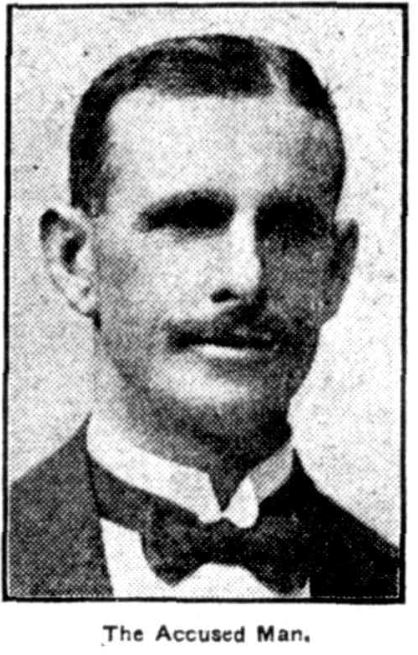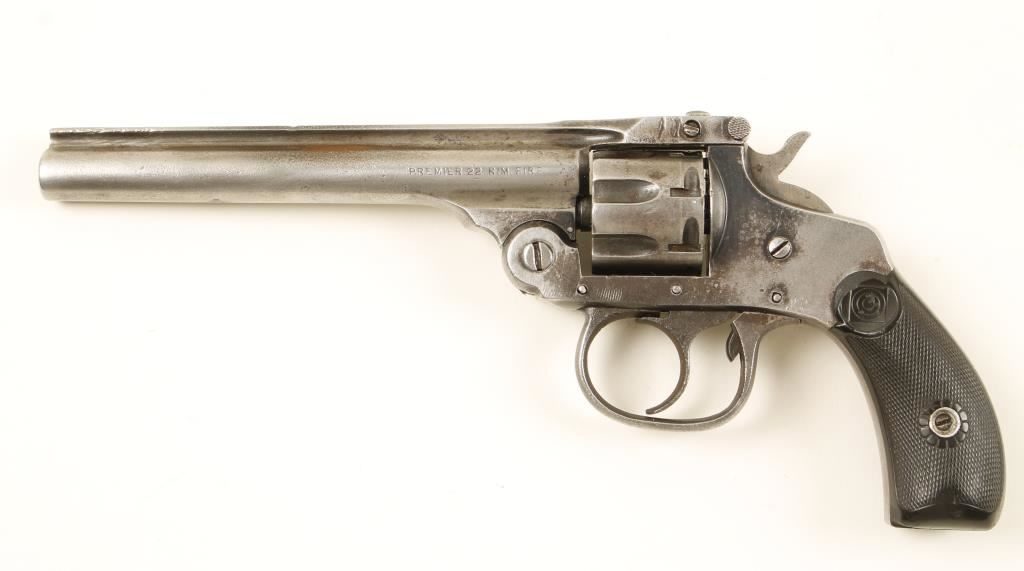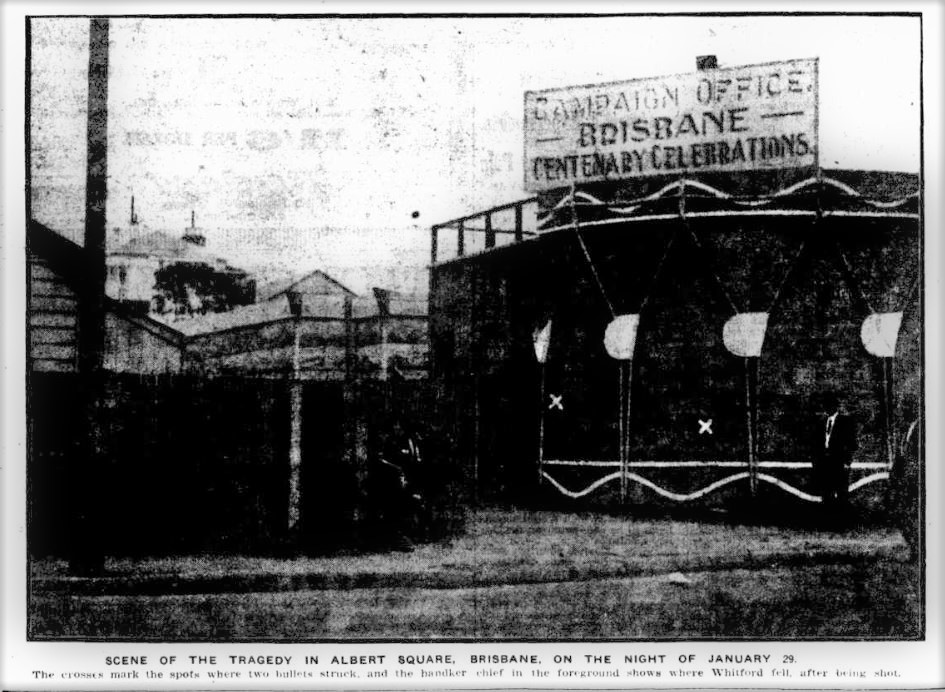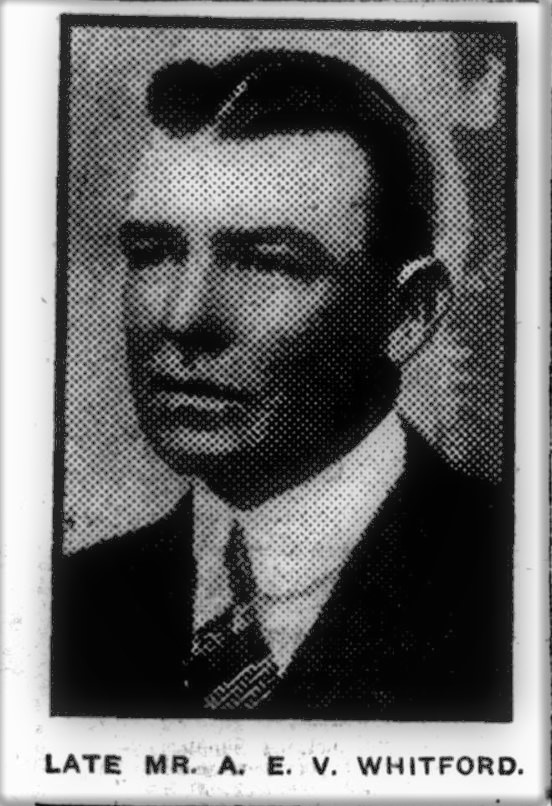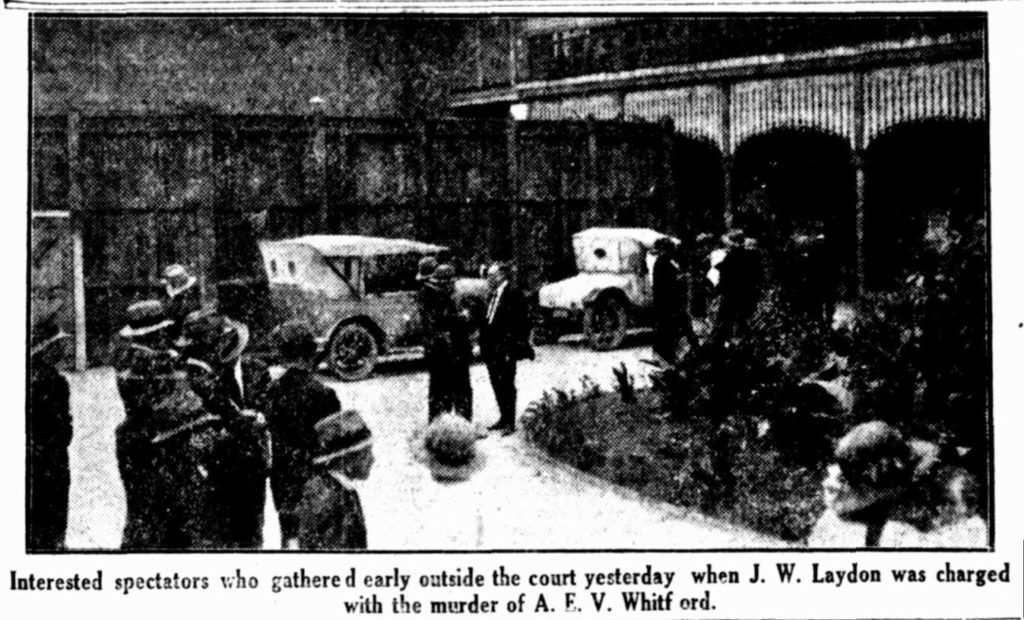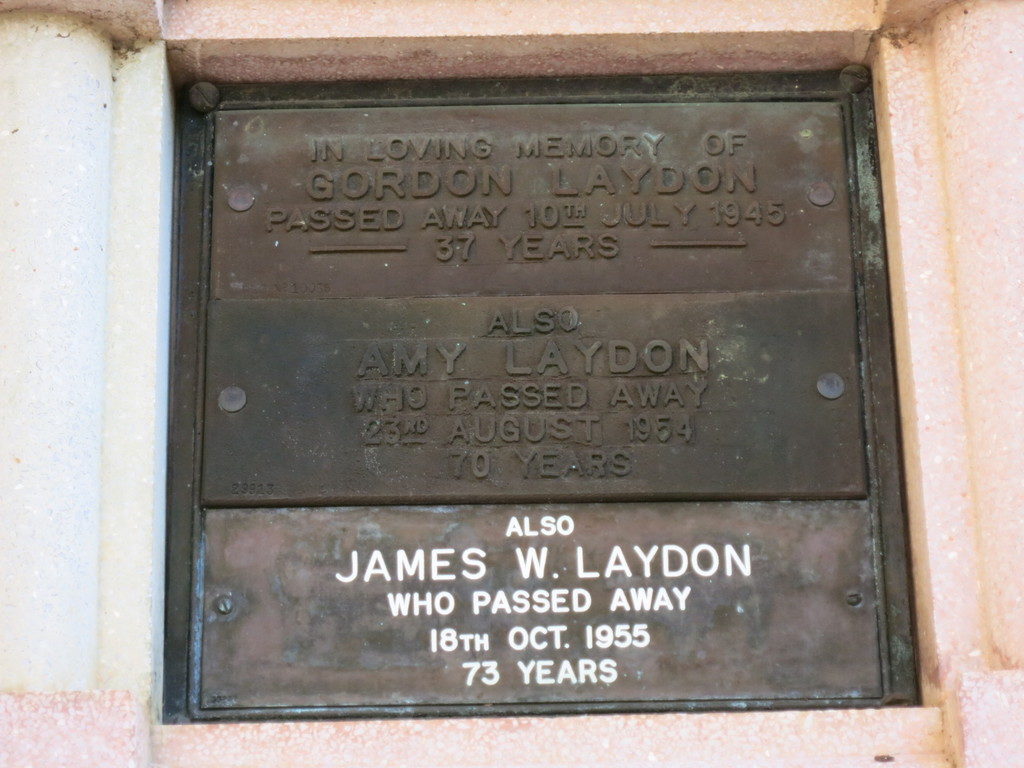LIFER – James William Laydon
- On : 13 September, 2018
- By : Boggo Road Gaol
- Category : Stories
- View : 2336
LIFER – James William Laydon
It was a fine evening, dinner and a show at the glorious Tivoli Theatre. Shortly after 8:30pm shots rang out, Ex- Parliamentarian Whitford was dead and James William Laydon was on the run. Jealousy, the green-eyed monster had struck a fatal blow and it would strike a ruinous path through two families. Laydon – “I was taught at the war to kill my enemies, I killed many there that never did me any harm. Shooting was too good for that mongrel”
Crime: Wilful Murder
Native Place: England
Age: 39 years
Height: 5 feet 3½ inches (161cm)
Build: Slight
Complexion: Fresh
Hair: Grey
Eyes: Blue
Weight: 8 Stone 2 ounces (52kg)
Remarks: Small scar left thumb; left little finger been broken; two vaccination marks left bicep; large scar outside right hand; four white marks left bicep; varicose veins left leg; large operation scar right side of stomach.
James William Laydon
Born in Durham England, the third son of Thomas and Bridget Laydon. He was married to Amy Wilson in Durham and they had their eldest two children in the Sunderland district. the family arrived in Queensland in 1911 as third-class passengers aboard the ship Orveito. The family lived in Princhester street at West End before later moving to 10 Prospect Terrace, Highgate Hill for remainder of their lives.
At the time of his arrest, Laydon was working as a Labourer. He had however been a soldier in the first world war and was a carpenter by trade. His army record is of an excellent character. During his service he served in the battle of the Somme. Wounded and gassed, he certainly had seen and done some horrible things in service for his country. When war broke out he enlisted voluntarily, serving the entire war and returning to Australia in 1919. It was his excellent record that he would later rely upon in his defence.
Understandably, times were tough during the war, his wife with three children, 8,6 and 1 would have had a difficult time of it. Money would have been tight. It was times like this that one would seek the assistance of friends. You see, the Whitford’s and the Laydon’s were friendly. It comes as no surprise that a struggling Mrs Laydon would have sought help from her friend Mr Whitford. It was the alleged help that she received that was the root cause of all of this trouble.
Prelude to death
On a hot summers evening, Tuesday the 29th of January 1924; The residents of Brisbane were enjoying an evening at the theatre, The Tivoli a modern theatre had all of the latest comforts. Just the thing for an escape from the present. Before the film was over however, an assassination of the worst kind occurred just outside.
Prominent citizen, Albert Whitford, a former parliamentarian and his wife were among the throngs of people enjoying an escape from the heat.
Laydon too had accompanied his wife to the Tivoli Theatre that evening, for a time the pair sat together, but, eventually Laydon left the side of his wife leaving the theatre he is said to have encountered Whitford. Some words were exchanged between the two, Whitford, resenting a remark or two made by Laydon is supposed to have struck him in the mouth. There the matter rested… for a moment.
Laydon returned to his wife but they left just a few minutes later. Just across the square, Mr and Mrs Whitford were enjoying the last of their evening before venturing home. Standing on the corner of Adelaide street, near the foundations of the new city hall, they were engaged in conversation. Unbeknownst to them, their evening would abruptly end and their lives as they know it about to change forever.
In front of the Tivoli, the Laydon’s were having a heated argument as attested by numerous witnesses at the trial. The woman, handsome of face and figure was imploring her husband to “Come Away!” she was clearly anxious to leave. His reply was to shove her violently aside and march across the square towards an oblivious Whitford.
Moments later, Mrs Whitford noticing the shops across the street were still opened. She left her husbands side to make a late-night purchase or two.
Just then, shots rang out.
The Crime
Laydon reaching the Adelaide Street corner, stepped in closer. Mr. Whitford looked up, Laydon launched a few more venomous words, Mr Whitford turned to walk away, before he had taken a pace or two. Shots rang out. Whitford reeled, staggered, tottered and crashed to the ground. With a wound to his head and neck, Whitford was already mortally wounded. Just then, Layden stood over his prone body and said “I haven’t slept for a month, but I have given you something that will put you to sleep forever. That will fix you, you ________”. Then fired three more shots into the body of Mr Whitford.
Mrs Whitford, hearing the shots screamed… Murder! Murder! Whitty! Oh, Whitty! As she ran to his side, assistance was being sought from the police and the ambulance brigade.
Laydon catching up with his wife who had fled when the shots rang out. The making for the Adelaide street Tram climbed aboard and went in the direction of the Hotel Daniell in George Street.
Three police constables, who had heard the shots from their break room in the Roma Street Police Station were quick on their tail. Boarding the same tram, they followed until the reached the rear of the Hotel Daniell. Laydon was arrested on the spot for the suspected murder of Mr. Whitford.
Whitford was by this time dead. He had died in the back of the ambulance on the way to the hospital. Life having been declared extinct the surgeon on duty ordered the body of Whitford be taken to the Morgue at once for post mortem.
There were numerous witnesses to the ghastly assassination of a Prominent citizen of Brisbane, and no sooner had the remains of Mr Whitford left the square, there was a queue to give evidence to the police. Indeed, it was soon after that hundreds of theatre goers were inspecting the spot where the poor man collapsed. The newspaper he was carrying covered in his blood was all that remained.
Police after some pushing managed to get information out of Laydon as to the location of the weapon used in the crime. The seven chambered .22 calibre Harrington- Richardson Premier revolver was located just over the wall in new city hall construction site.
Five bullets had been fired into Mr. Whitford the other two, had lodged in a large advertising barrel located adjacent to the crime scene. These were presented as evidence at his trial.
Albert Edward Victor Whitford, the son of a British soldier who served in the Crimean war was born in Woolwich in 1877; came to Sydney with his parents in 1878. Educated in a public school he served an apprenticeship in the tailoring trade. At twenty he joined the Belmore Political Labor League. Sixteen years later he moved to Inverell and joined the local political Labor League. Coming to Queensland in 1910 he began business in Childers soon afterwards became President of the W.P.O and acted as advisor during the big sugar strike.
Whitford stood against Colonel C.W.D Rankin for the seat of Burrum in the 1912 and 1915 elections but was soundly defeated. He eventually captured the seat of Burrum in the 1918 election but only held it for one Parliament.
Coming to Brisbane with his family he went into business. Whitford was one of the original members of the Cooparoo Turf Club and formed the Unregistered Trainers and Owners Association.
Survived by his wife and four children – two sons and two daughters. He was buried at the Toowong Cemetery the day after the shooting with the burial rights from the Church of England.
His wife still resided in the family home in Union Street, Toombul until she passed in 1954. She was buried in the Nudgee Catholic Cemetery.
Trials and Sentence
Laydon appeared before the Police Magistrate Archdall the very next day. This trial spanned over the next four days. Each day the court room and every available vantage point was packed with spectators wishing to see the villain that killed Mr. Whitford. Before the Magistrate, the facts of the case laid out before him, with a brief of evidence from the police constables outlining the circumstances of the arrest. The defence having refused the opportunity to outline its case in the lower court reserved its evidence for the trial. Laydon was committed for trial for Wilful Murder at the Supreme Court, Brisbane on the 18th of March 1924.
Justice O’Sullivan in swearing in the jury on the morning of the 18th of March, advised that it would be a substantial trial running over a number of days. The public this time were excluded from the court. The only members allowed in belonged to the press, the police and the respective legal parties from either side. Still, the courtroom was full to capacity. Hundreds of people gathered outside in the garden, waiting for any opportunity for news of the trial, or to see Laydon close up.
The defence, in its opening statement alleged that the motive for the crime was one of a Jealous rage caused by the fact that there was an affair between Mrs Laydon and Mr Whitford while Laydon was away at war. Without putting too finer point on it, the defence was motioning for an insanity plea. Interestingly however, as the trial went on no medical practitioners were called to enforce this point.
Reference was made to the good character of Laydon, that he was a returned soldier from the Somme battlefield where he was gassed and wounded. He came home to find that his wife had allegedly been working as a prostitute in a house in Merivale Street “Mother Eva’s” and also known at another house “Mother Ryan’s” It is also alleged that she had an affair with Mr. Whitford. Again, no witnesses from either of the brothels were called, and Mr Whitford was no longer able to answer to the allegation of infidelity against him. The only witness, a next-door neighbour made a remarkable deposition. He testified that he had heard the Laydon’s quarrelling and that Mrs Laydon in one particular heated argument had confessed to having an ongoing affair with Whitford. This is too long to publish in its entirety however the full sordid details can be read here
Finally, the most powerful piece of evidence, and the first time such an idea had ever been presented in a court of Queensland. The evidence of medical examiner Dr. Espie Dodds, after providing his evidence the defence questioned whether a man as stout and unhealthy as Mr. Whitford could have died from the shock of the shooting before actually being hit by the bullet. Of course, this too was discounted as being possible.
The evidence was stacked so heavily against him, and yet, Laydon refused to take the stand in his own defence. His solicitor Mr Stanley declared that no man who had plead not guilty to the crime would refuse to speak in his own defence, and that he must be suffering from some type of insanity.
All of these sharp defence moves failed. The jury convicted James William Laydon of the Wilful Murder of Albert Edward Victor Whitford. However, they made motion to the judge for a declaration of mercy in sentencing.
Justice O’Sullivan, however, said that the law was clear, he was unable to reduce the sentence for the verdict of Guilty of Wilful Murder. As the only other punishment for such a crime – the death penalty – had been stood aside some two years previously. He was obliged to pass sentence as is required by law. Fourteen years penal servitude with hard labour at His Majesty’s prison, South Brisbane (later known as Boggo Road Gaol)
Sentence Appeals
Certain sections of the community thought Laydon got just what he deserved. Others thought he had been hardly done by. That in fact he was insane, and that his actions were caused by the wrong doing of Whitford and his Mrs. Laydon in combination with the remnants of his wartime weariness.
As soon as the trial was over, other former members of the services from the first world war began agitating in his favour. You see, there was no such diagnosis for post traumatic stress in these days. Shellshock was a term used but was not so widely recognised as to have graced the courts of law as a viable excuse for murder.
The Returned Sailors and Soldiers Imperial League the predecessor to the modern day Returned Servicemen’s League began a petition for the immediate remission of sentence, its goal was to gain 10,000 signatures. By June, the petition had at least that number, it was presented to the Home Secretary for consideration of the Governor and the executive. News came in November, that the remission had been refused.
In 1927, they petitioned again, this time with even more signatures, on account of the King’s coronation. Usual procedure would be to give all long-term sentence men a slight reduction in sentence on special occasions such as a regal birthday or coronation. Again, it was refused.
Finally, in 1929 with the election of the Moore government, a third petition was created. This time with 16,000 signatures. Again, deputation was made to the Home Secretary, who dutifully submitted it to the Governor and Executive.
This time, after much consideration, remission was granted. James William Laydon had his sentence reduced to seven years. His release date would be 17th of March 1931.
Released
Once the gates of Boggo Road Gaol swung open, Laydon was greeted by his son and hurried away by motor car. The press who had been waiting outside their Princhester Street home were to be kept waiting. Laydon refused to speak to the press. His wife, Amy, spoke briefly stating that she had been waiting for this day for seven years, and now that it is all over I will not let anybody in to see him. He has paid the penalty and that is the end of it. He Is well and hopes to get a job through the R.S. and S.I.L.A.
The Returned Sailors and Soldiers Imperial league had not completed their task. A letter to the Truth newspaper outlined their final request:
When a man is in trouble, that is the time he finds out that he has friends. Laydon has discovered that he has many warm friends and that they are going to stick-to him und help him to build up his life afresh — to give him a chance for the sake of the days when he was one of the A.I.F. If there are any Diggers or Diggers’ friends who would like to give Jimmy Laydon, who was wounded and gassed on the Somme a fresh chance in life. the State secretary of the R.S. and S.I.L.A, Anzac
Club. Elizabeth-street, Brisbane, would like to hear from them.
James and Amy Laydon retired in their home in Prospect terrace at Highgate Hill and died within a year of each other. They were cremated, and their remains are in a niche at Mt Thompson Crematorium.
This Sunday, you can hear more stories from a prisoner’s perspective. Wayne Weaver, a former prisoner at Boggo Road, will guide you through some of the most turbulent years of the Gaol’s history. To book tickets for our fascinating prisoner tour click here.
This article was contributed by Research Coordinator Sue Olsen as part of the ongoing research program for Boggo Road Gaol Pty Ltd. The aim of the program is to bring to light and share articles relating to Boggo Road for the purposes of review and study. Do you have a story to share or something you would like us to know about? You can contact the research team here

